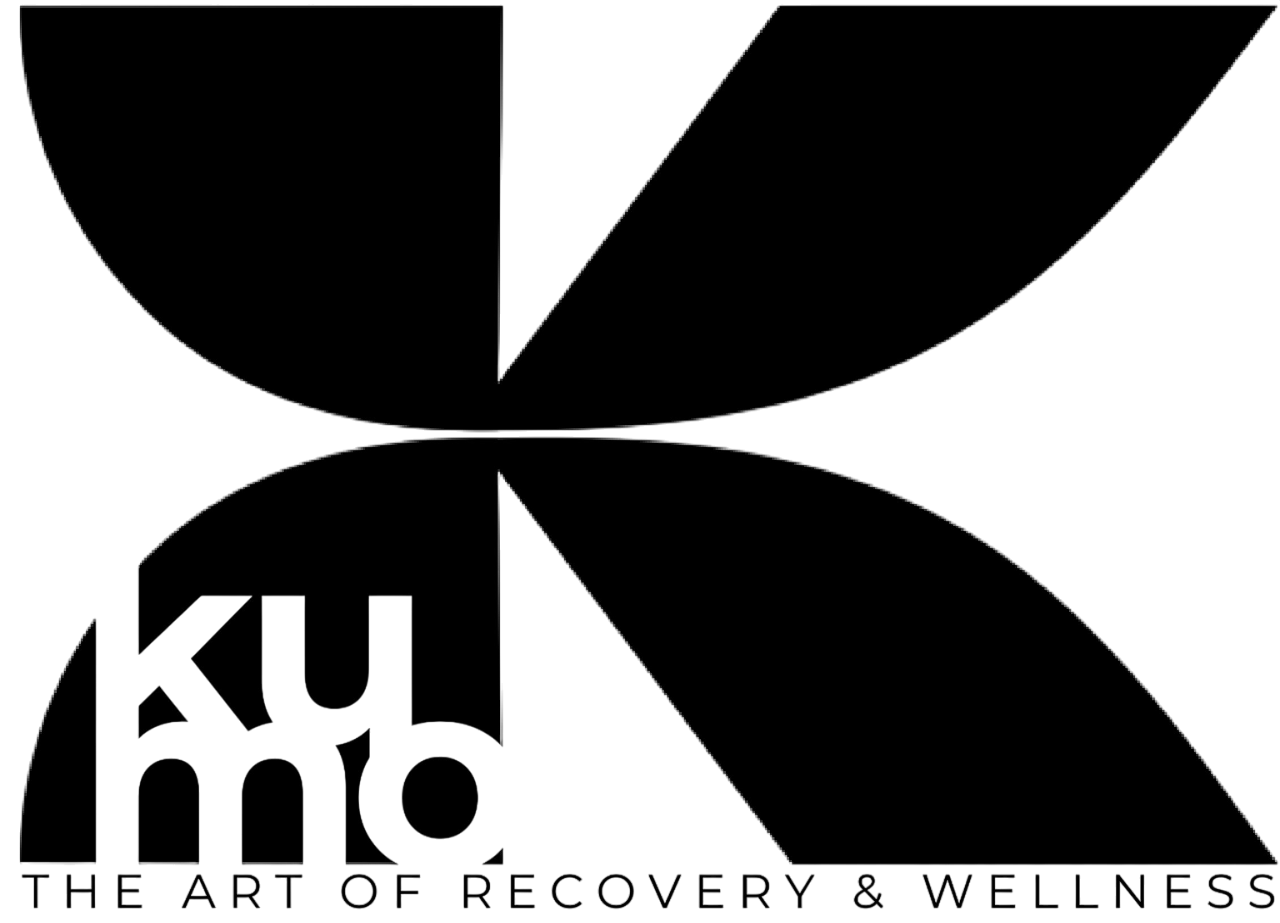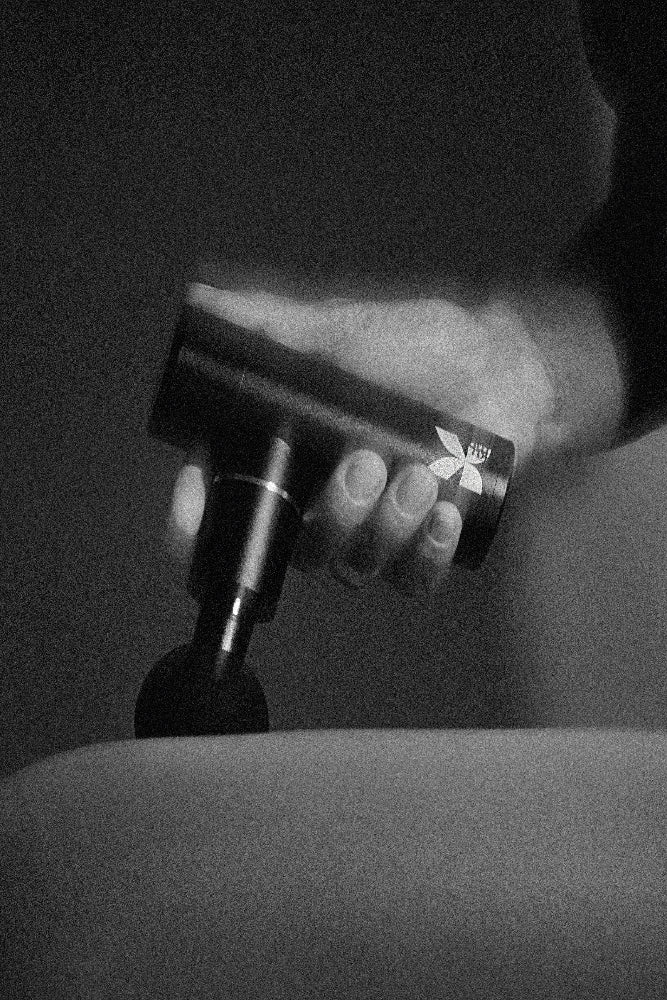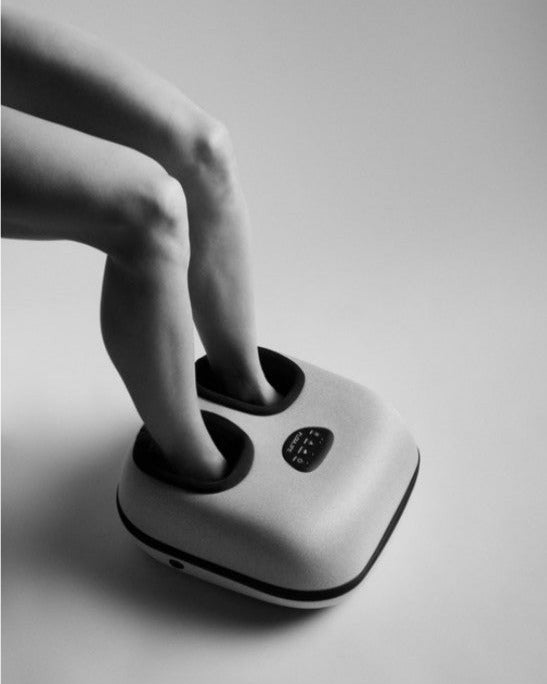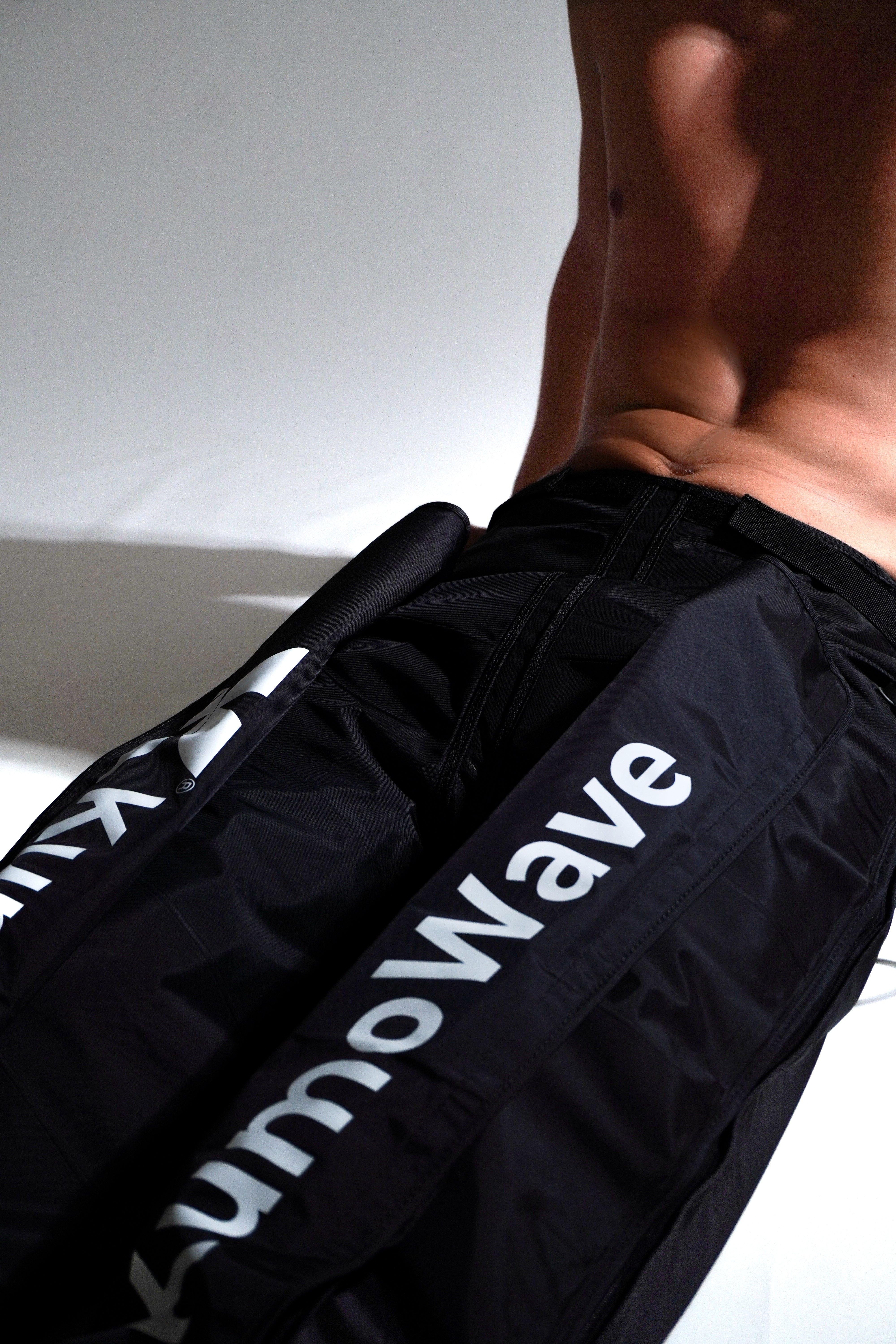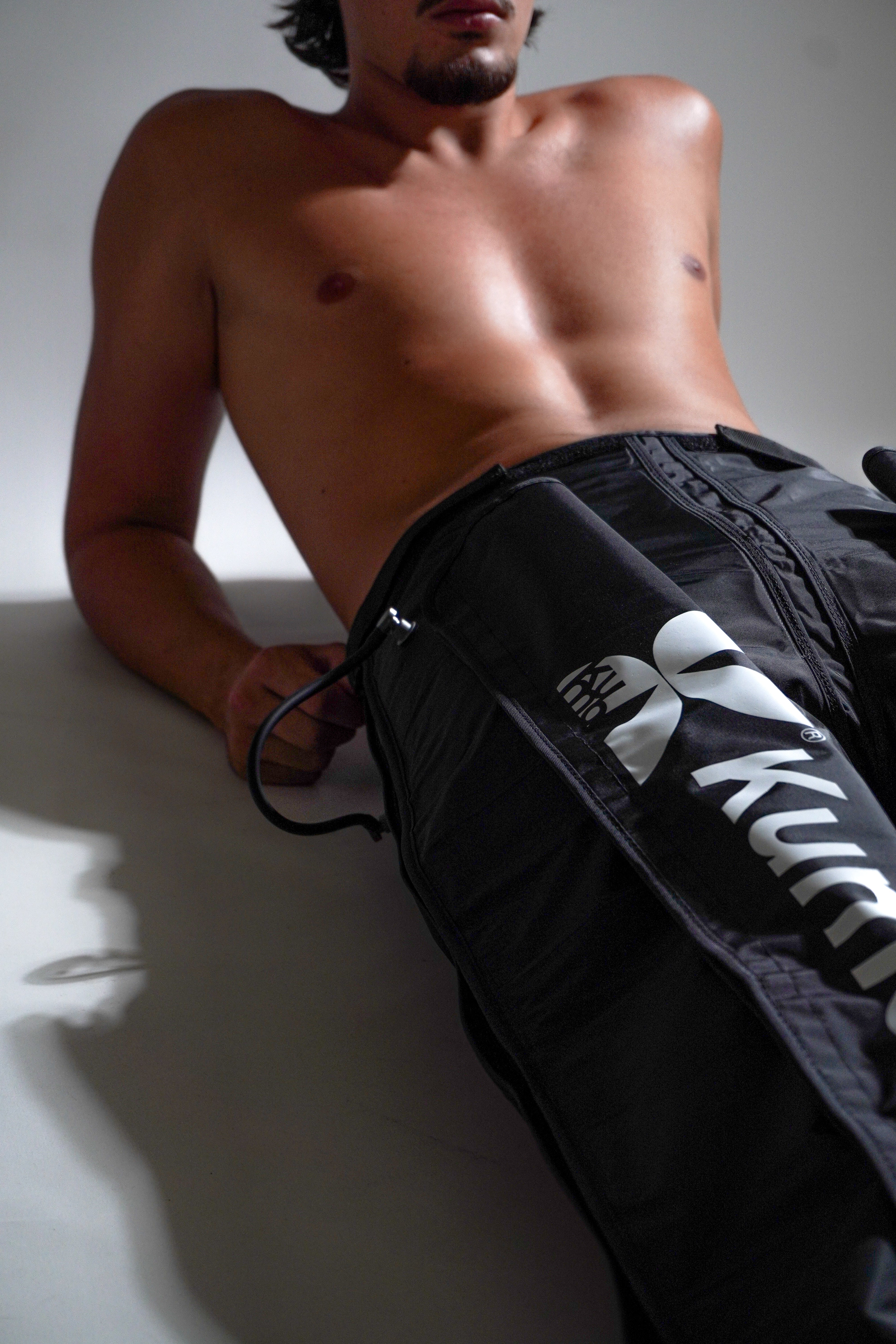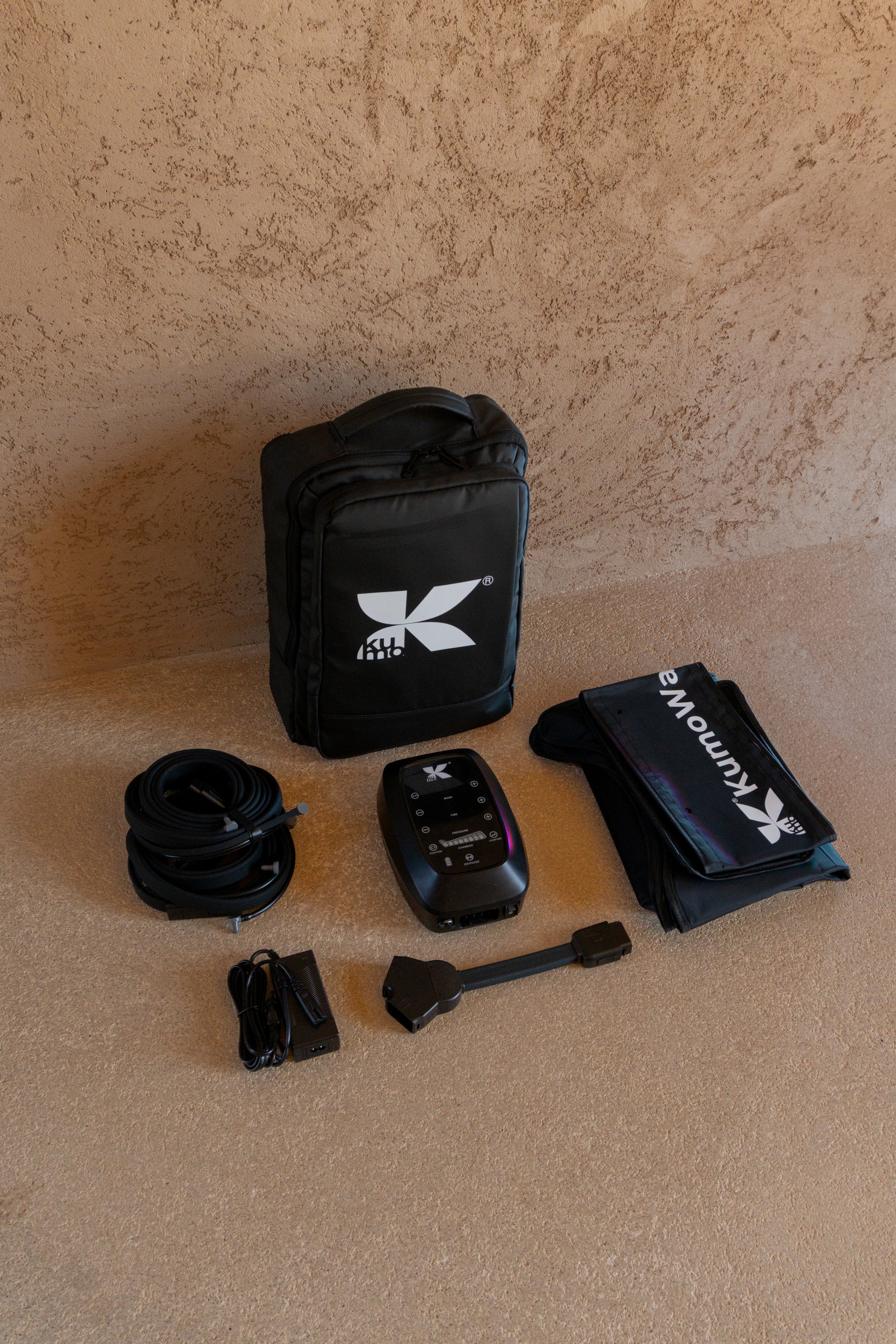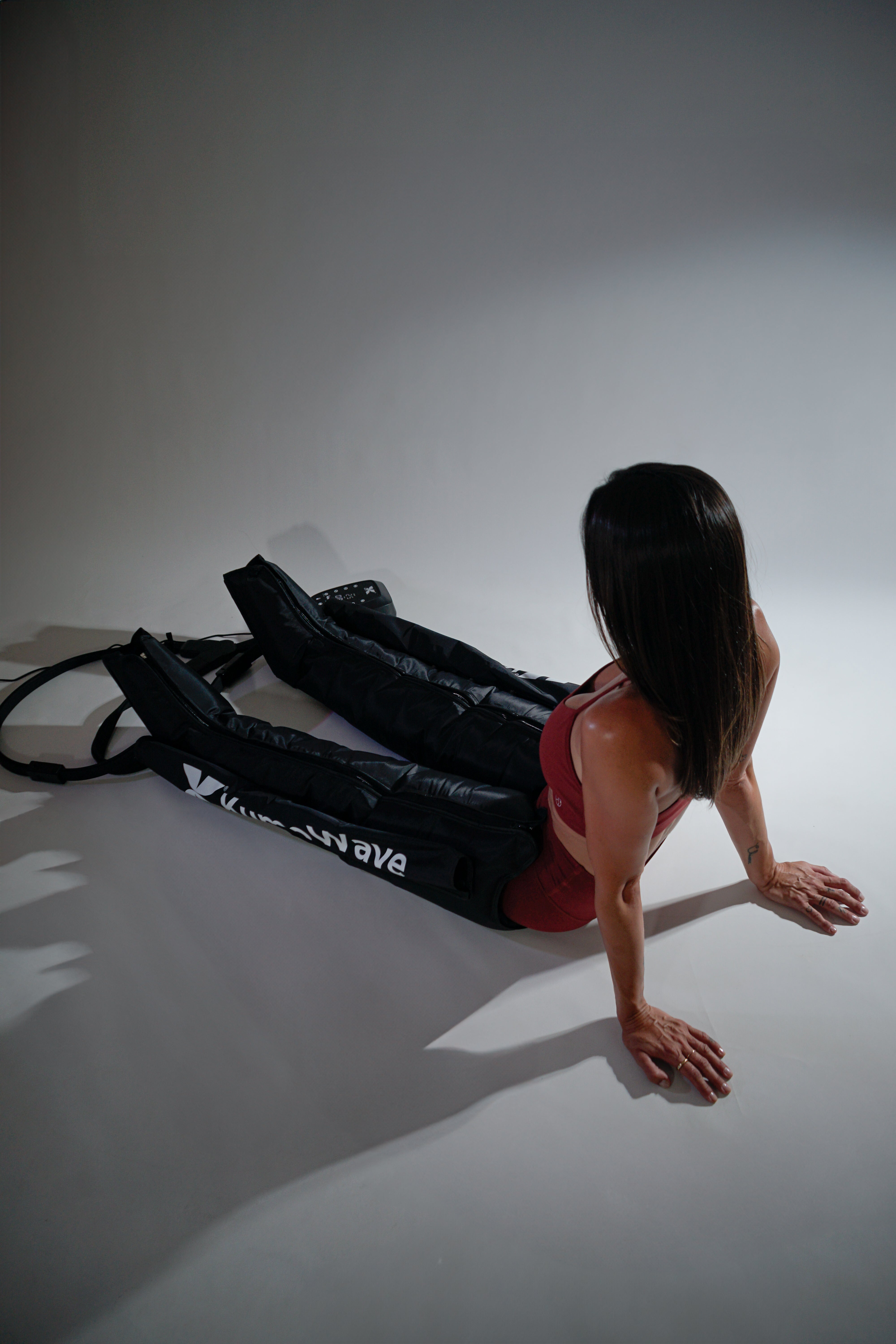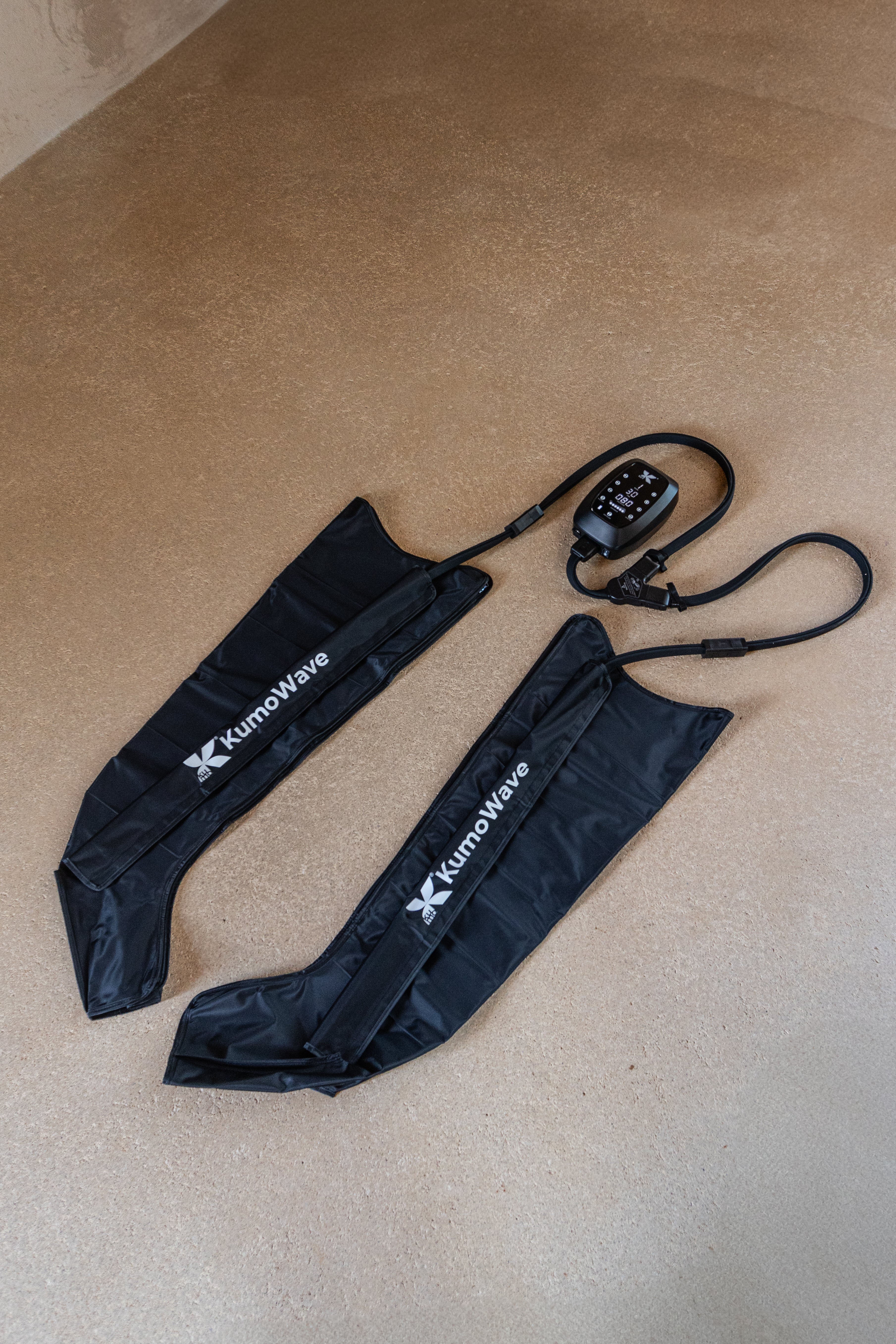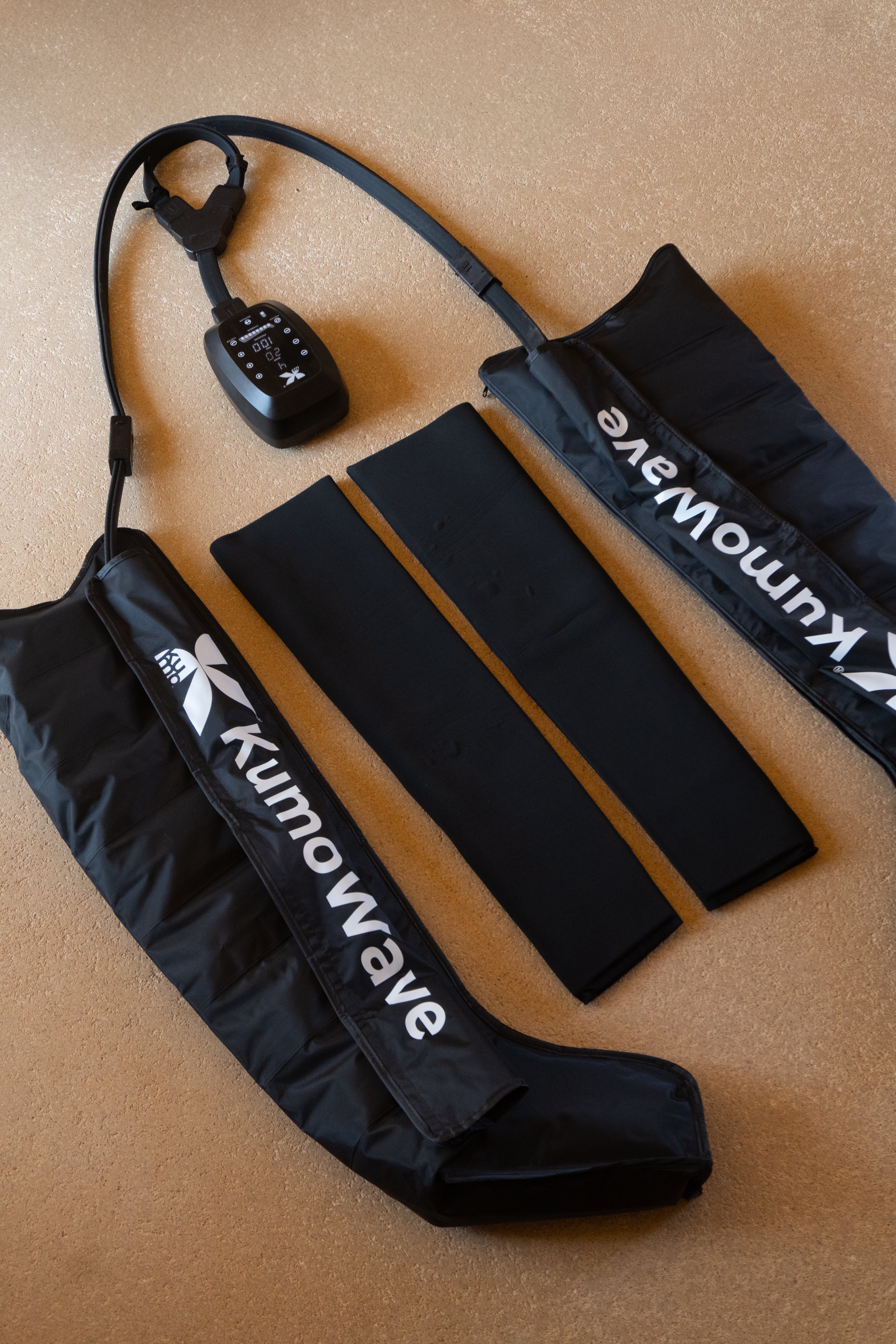Clean pressotherapy boots, safe performance. A practical, step-by-step guide to cleaning, disinfecting, and maintaining your pneumatic leg warmers in perfect condition.
Coming soon
- Clean after each session: damp cloth + neutral soap, and let air dry.
- Disinfect periodically with products compatible with the material and following the indicated contact time.
- Check hoses, zippers, and tubes to prevent leaks and prolong their lifespan.
- Store in a dry place, without bending tubes, and away from direct heat.
- Establish a plan: daily, weekly and monthly routine to maintain hygiene and performance.
Why hygiene does matter in pressotherapy
Keeping the leg cuffs and the pump clean prevents odors, premature deterioration, and possible skin irritation, especially if sweat, creams, or shared use are present. Additionally, a residue-free surface improves the seal and pressure of the chambers, optimizing drainage and recovery. For disinfection of non-critical equipment, infection control guidelines recommend low-intensity disinfectants and appropriate contact times (CDC, 2019 update). Source.
Recommended materials and products
- Soft microfiber cloths and lint-free towels.
- Neutral soap (mild pH), warm water.
- Authorized disinfectant wipes or solutions, compatible with vinyl/PU/nylon.
- Soft bristle brush for zippers and velcro.
- Disposable gloves for disinfection.
Avoid: abrasives, scouring pads, concentrated bleach, solvents, highly perfumed sprays, or direct heat. If you use a disinfectant, check its registration/authorized use (AEMPS, list of virucides updated 2020–2024). Reference.
Quick tip: Test any new product on an inconspicuous area before applying it overall.
Cleaning after each session (5–7 minutes)
- Turn off and unplug the compressor. Let the inner tubes deflate completely.
- Remove liners or hygienic socks if you use them and wash them according to the label.
- Wipe the inside and outside of the legs, zippers, and hoses with a cloth soaked in water and mild soap.
- Rinse with a cloth dampened only in water to remove soap residue.
- Dry with a soft towel and let it air out, without direct sunlight, for 10–20 min.
- Clean the compressor housing with a slightly damp cloth (do not soak the grilles).
- Check that there are no traces of cream, sweat or dust on the joints and valves.
Safe disinfection (regular and shared use)
- Frequency: Weekly for personal use; after each user in shared environments (gym/clinic).
- Product: Choose disinfectants approved for “non-critical surfaces” and compatible with the material. 70% alcohol and quaternary ammonium compounds are commonly used for surfaces, always following labeling and material compatibility (CDC, 2019).
- Method:
- Clean first (dirt reduces effectiveness).
- Apply the disinfectant with a cloth/wipe; moisten the surface without dripping.
- Observe the contact time indicated by the disinfectant manufacturer.
- Let it air dry. Ventilate the area.
Golden rule: Clean before disinfecting. Disinfecting is no substitute for cleaning.
Preventive maintenance that extends useful life
- Visual inspection: seams, zippers, Velcro and air chambers.
- Connections: Check hoses, plugs, and valves; clean dust from inlets.
- Leak test: Inflate and listen; if you hear hissing or see areas that are not pressing, check the seals.
- Software/settings: Maintains preset programs and prevents pressures outside the manufacturer's recommendations.
- Replacement: textile liners, filters (if applicable) and worn parts.
Recommended maintenance plan
| Periodicity | Key tasks |
|---|---|
| After each use | Clean with neutral soap, air dry, ventilation of legs |
| Weekly | Compatible disinfection, inspection of zippers/velcro and hoses |
| Monthly | Leak test, compressor screen cleaning, cable check |
| Quarterly | Camera integrity check, routine update and accessories |
Correct storage and transportation
Store the equipment in a dry, ventilated place, away from heat sources and direct sunlight. Roll it up without sharp bends or weights on the hoses. Use a breathable bag; avoid tight-fitting covers if the leg loops aren't completely dry. For transport, disconnect and cover the connections if the model allows it to prevent dust from getting into the valves.
Troubleshooting common problems
- Bad odors: Check for damp areas; thoroughly disinfect and ventilate. Wash or replace textile liners.
- Stains: Clean with neutral soap; for stubborn stains, use a specific cleaner compatible with PU/nylon and then test on a hidden area.
- Tube won't inflate: Check hoses and connections; check the valve in that area for kinks.
- Compressor noises: Clean the vents, avoid blockages, and make sure the unit is on a stable surface.
- Worn Velcro strips: Remove lint with a brush; if they don't stick, consider replacing the strips.
Sharing: Basic protocol in gyms and clinics
If leg warmers are shared, establish a written protocol: pre-cleaning, disinfection with validated contact time, use of personal socks/liners, barrier towels, and task logs. Train staff and maintain disinfectant data sheets. In healthcare settings, follow the Spaulding classification (non-critical items) and current institutional guidelines (CDC, 2019).
If you need advice to integrate pressotherapy in your center, contact us from KUMO .
Integrate pressotherapy into your recovery routine
Hygiene and maintenance facilitate more comfortable and effective sessions. Combine it with recovery habits that add value: red light for rest and muscle building, and myofascial release on high-load days. Explore our pressotherapy equipment , the LED light therapy and the KUMOPULSE Air massage gun . Discover the entire KUMO universe at our home page .
FAQ
How often should I clean my boots if I wear them at home?
After each session, do a quick wipe with a cloth and mild soap and let it air dry. If you sweat a lot or use creams, insist on the interior and zippers. Add a light disinfection weekly to keep odors at bay. If several people share the equipment, disinfect between users. The key is to avoid residual moisture and residue that could damage the materials or affect comfort during compression.
What disinfectant is safe for leg warmers?
Choose disinfectants suitable for non-critical surfaces and compatible with PU/nylon (see label). Alcohol-based or quaternary ammonium products are commonly used, but always check the contact time and test on a hidden area. Consult official lists and technical data sheets to confirm AEMPS authorization for use and follow CDC disinfection guidelines.
How do I eliminate persistent odors on my leg warmers?
These are usually due to retained moisture or residue. Clean with neutral soap, disinfect carefully, and air thoroughly with the legs open. Wash or replace liners or hygienic socks. Avoid storing them in airtight bags if they are not dry. If the odor persists, check the hoses and valves for dirt and let them air out in a dry place for 12–24 hours.
Can I safely share my pressure therapy boots?
Yes, with a protocol: pre-cleaning, disinfection after each user, and use of personal textile barriers. Document the process, verify disinfectant compatibility, and respect contact times. Keep disposable towels and gloves available for staff. In centers, align the procedure with disinfection guidelines for non-critical items. If you have questions about materials, consult the equipment manual or ask the manufacturer for support.
To take into account
- Always clean after use; disinfect as often as appropriate for the context.
- Dry and ventilate well: humidity is the number one cause of odors and deterioration.
- Check connections and chambers: detect leaks in time and prevent breakdowns.
- Use only products that are compatible with the materials of your leg warmers.
- Store dry, without bending hoses or exposing to heat.
Ready for more comfortable and effective sessions? Discover our pressotherapy equipment and the universe recovery in KUMO . For questions or advice, we're just a click away. contact .
